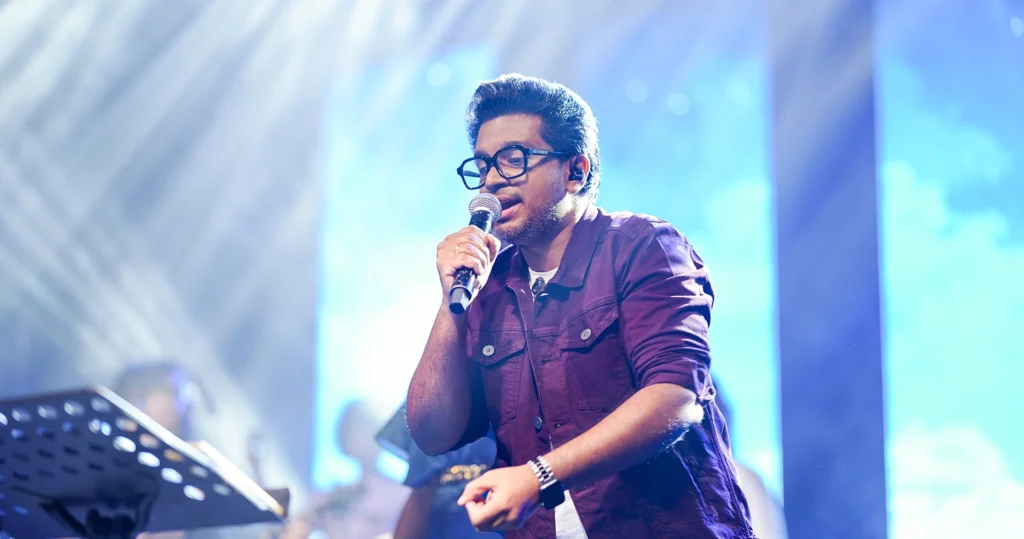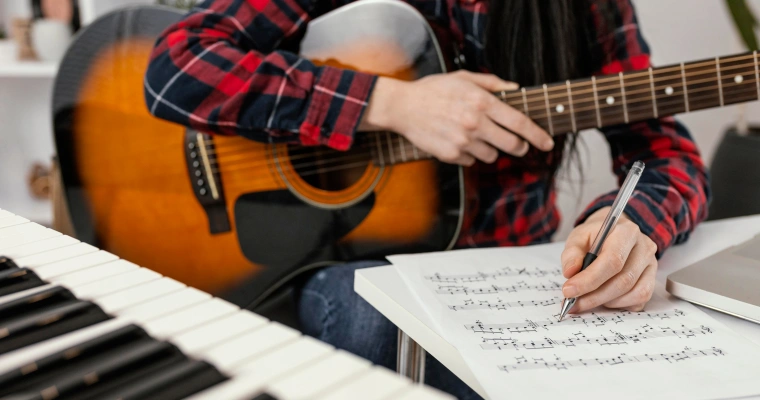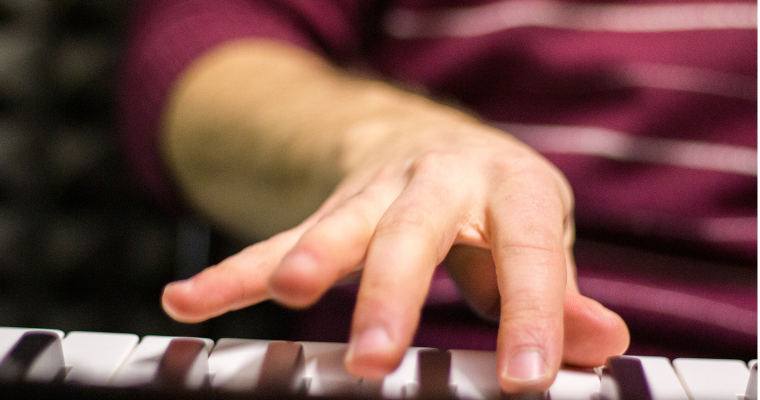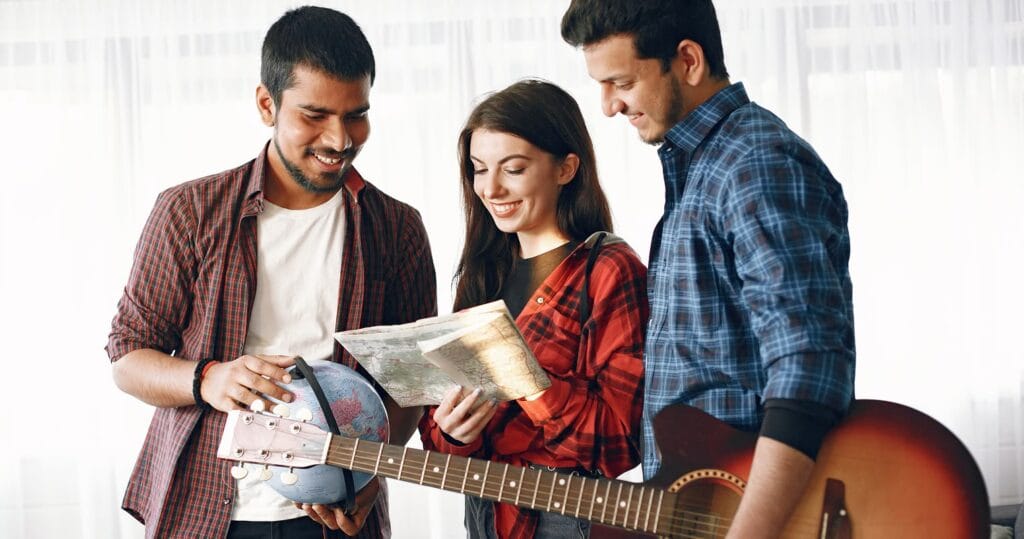Introduction: Overview of Bharatanatyam Dance Classes
Bharatanatyam is not just a performance art; it is a timeless expression of India’s soul. Considered one of the oldest classical dance forms, it blends graceful movements, intricate expressions, and rhythmic footwork with deep cultural and spiritual meaning. Today, enrolling in Bharatanatyam dance classes offers more than learning choreography it’s a journey into tradition, discipline, and the storytelling heritage of India. For many, these classes become a bridge between modern life and the roots of Indian artistry.
The Origin of Dance in Indian Culture
The classical dance of India has its origins in temple traditions, where dance was a form of offering to the deities. Ancient scriptures such as the Natya Shastra describe dance as a divine creation meant to educate, inspire, and preserve moral values. From village gatherings to royal courts, dance has always been an essential part of social and religious life, embodying the music, myths, and philosophies of the subcontinent.
Story of India with Bharatanatyam
Bharatanatyam is more than a dance; it is a living narrative of India’s history. Each posture, hand gesture (mudra), and facial expression carries centuries-old stories from Hindu epics like the Ramayana and Mahabharata. Dancers use these elements to depict scenes of love, devotion, and valor, creating a moving canvas of cultural memory. Through these performances, audiences connect to the collective heritage of India, whether they are in Chennai, Delhi, or attending a show halfway across the world.
What Makes Bharatanatyam the Soul of Indian Classical Dance?
Among the various Indian classical dance traditions, Bharatanatyam stands out for its precise technique and spiritual depth. Its unique blend of nritta (pure dance), nritya (expressive storytelling), and natya (dramatic performance) makes it a complete art form. The structured patterns, striking poses, and synchronized rhythm mirror the balance of life discipline and creativity, devotion and expression.
Bharatanatyam: The Dance of Devotion
Historically, Bharatanatyam was performed in temples as an offering to the divine, often to narrate devotional hymns and spiritual themes. This sacred origin still influences the way it is taught and performed today. Students in Bharatanatyam dance classes often learn to see each movement as an act of worship, transforming practice sessions into meditative experiences.
The Role of Spirituality in Bharatanatyam Dance
Spirituality in Bharatanatyam goes beyond religious symbolism it is about aligning the body, mind, and soul. The dancer becomes a storyteller, channeling emotions through gestures and expressions. The connection between the rhythm of the music and the beats of the heart creates an immersive experience for both performer and audience, reminding them of the divine essence in everyday life.
Why Does Bharatanatyam Serve as a Form of Cultural Awakening?
In a fast-paced, globalized world, traditional arts risk being overshadowed. Learning Bharatanatyam is a way to reclaim cultural identity and pass it forward. Students gain insight into mythology, Sanskrit literature, temple architecture, and Indian aesthetics all while developing discipline and grace. It becomes a holistic education, much like how enrolling in violin classes in Bangalore or attending the Best Music Institute in Bangalore connects students to the country’s rich musical heritage.
Conclusion
Bharatanatyam is far more than an art form it is a living cultural treasure. It preserves India’s history, conveys timeless values, and offers spiritual fulfillment. From its sacred temple origins to its global stage presence, Bharatanatyam remains a testament to the beauty of Indian tradition.
FAQs
1) What is Bharatanatyam dance?
Bharatanatyam is one of the oldest Indian classical dances, originating in Tamil Nadu, known for its expressive storytelling and intricate footwork.
2) What is the significance of Bharatanatyam in Indian culture?
It preserves ancient stories, religious traditions, and cultural values through performance, making it a key pillar of India’s artistic heritage.
3) How long does it take to learn Bharatanatyam?
Basic training can take 3–5 years, while mastering the art may take a decade or more, depending on dedication and practice.
4) What are the benefits of learning Bharatanatyam?
It enhances physical fitness, posture, and balance while deepening cultural understanding and providing spiritual enrichment.



